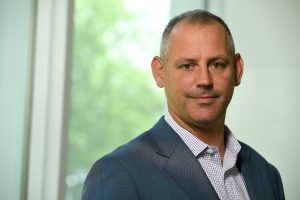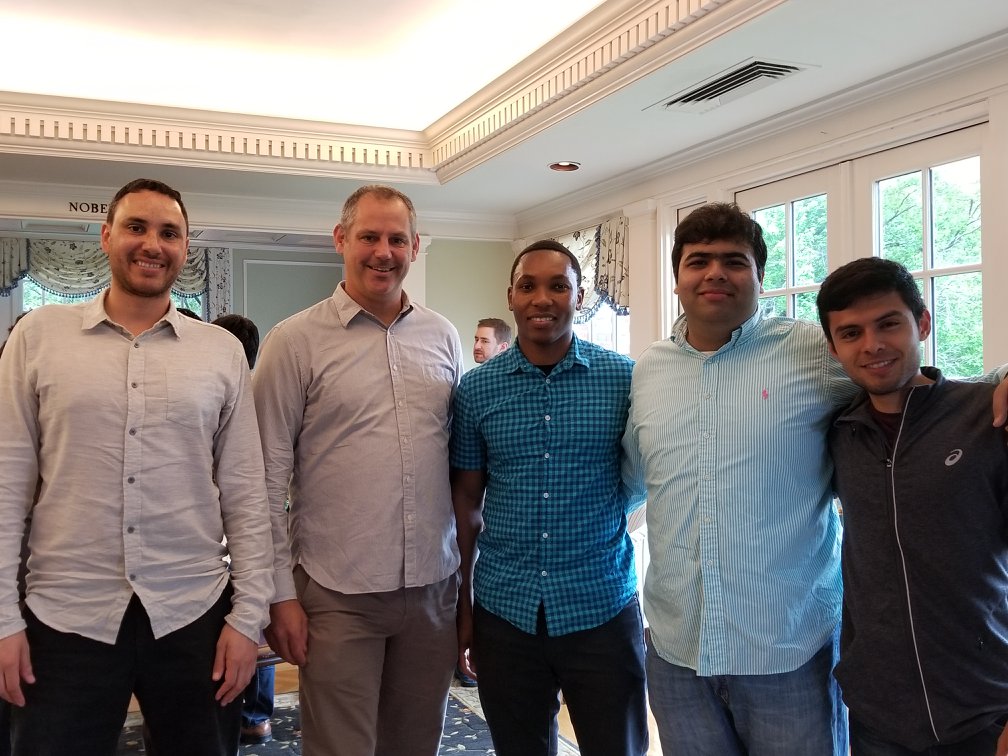
On July 1, Randal Burns, a professor of computer science, was appointed interim chair of the department.
Burns’ research focuses on building high-performance, scalable data systems that allow scientists to make discoveries through exploration, mining, and statistical analysis of big data. He has a particular interest in data systems for high-throughput neuroscience applications. He is a member of the Johns Hopkins Turbulence Databases group, the Kavli Neuroscience Discovery Institute, and the Institute for Data-Intensive Engineering and Science.
For the last seven years, Burns has focused on data-systems for high-throughput neuroscience. He is a co-founder of NeuroData along with Joshua T. Vogelstein, an associate professor of biomedical engineering. NeuroData democratizes access to world-class data sets, including electron-microscopy connectomics, CLARITY, MRI, and array tomography data.
What brought you to Johns Hopkins?
I completed my PhD at the University of California, Santa Cruz while also working happily at IBM-Almaden, one of the most iconic computer science research facilities—it’s where the magnetic disk drive was invented. I loved it. My wife, who is from Virginia, wanted to move back to the area. I was interested in operating systems engineering in an area that the local industry didn’t support and decided to explore a career in academia. And I’ve been in it for 17 years now.
What generated your interest in the department interim chair position?
The Computer Science Department is in a time of great growth. The former chair, Yair Amir, has finished his term and right now we are transitioning from the chair model to the head model organizational structure. It’s an especially good transition for the department because we’ve doubled in size in the last six years. We are a big enterprise. I’m looking forward to serving the university in new ways; it’s an opportunity to give back and to help grow the department.
Describe your leadership style.
My leadership style is inspired by my approach to coaching little league baseball. I try to get each person to be their individual best. I give people a lot of autonomy; it lets them try and take risks and excel and fail. I also believe in consensus decision-making and I am a cheerleader, an enabler, and an encourager.

Randal Burns along with students from his lab.
What are your goals for the department?
The Department of Computer Science is operating very efficiently. It’s a well-run and well-managed organization. The most important thing that I can do is steer the ship straight. We attract an incredible number of students to the department, we teach a large fraction of all the students at Hopkins, and we are doing a great job. One of the key challenges in computer science today is managing the growth of the field.
Please share some of your latest research.
My recent research has been on building data systems for scientific applications. I like to work with data sets that are uncomfortable for people to look at, analyze, and store. When people are doing science, they run into roadblocks. I serve as a consultant to help them manage the data, understand the information in their data, and individualize their data. It’s a great job because it’s an application of computer science to other science and engineering problems.
What’s an interesting fact that most colleagues don’t know about you?
I am a competitive duplicate bridge player. I play with a team based out of California. I attend and compete at the North American Bridge championships. My team has become ambitious and we now play bridge against some of the best players of the world.